- About us
- Support the Gallery
- Venue hire
- Publications
- Research library
- Organisation chart
- Employment
- Contact us
- Make a booking
- Onsite programs
- Online programs
- School visit information
- Learning resources
- Little Darlings
- Professional learning
Eleanor Dark AO (1901–1985), writer, was born and educated in Sydney but moved to the Blue Mountains after she married in 1922. Born Eleanor ‘Pixie’ O’Reilly, she began her career as an author writing poems and stories for journals including the The Home and the Bulletin. It took her nine years to secure a publisher for her first novel, Slow Dawning, which was released in 1932. For her next two, Prelude to Christopher (1934) and Return to Coolami (1936), she was awarded gold medals of the Australian Literature Society. Over the next twenty years, financially supported by her doctor husband Eric, she produced nine more novels, culminating in The Timeless Land, Storm of Time and No Barrier (1941–1953), a historical trilogy exploring the process of white settlement in Australia between 1788 and 1814. The Timeless Land, central characters of which included Bennelong and Barangaroo, became the Book of the Month selection on its US publication, was endorsed in the Times Literary Supplement and was a set text on the school syllabus in Victoria and New South Wales for some years. In the late 1940s, the Darks’ left-wing sympathies brought suspicion upon them; they began to spend their winters in Queensland, where she wrote Lantana Lane, published in 1959. However, she spent her last decades in Katoomba, and is buried at Blackheath. ‘You see the shadow of a place’, she wrote. ‘What place is it? How can you know until you write it down? How can you write it down until you know? This is the burden of the writer’s art, to hold himself, poised, receptive, while words and emotions flow together in him and fuse.’ Varuna, her Blue Mountains home, now operates as a writers’ centre associated with the Eleanor Dark Foundation.
Purchased with funds provided by Timothy Fairfax AC 2003
Tim Fairfax AC (54 portraits supported)
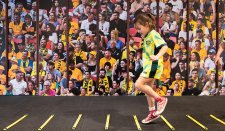
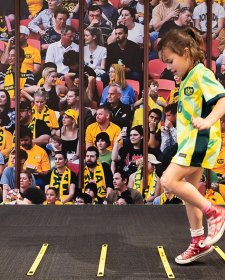
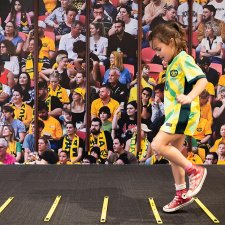
Create your own fan bracelet, design a soccer card, and show off your skills with fun movement challenges.
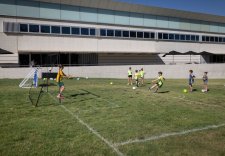
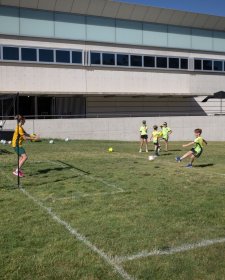
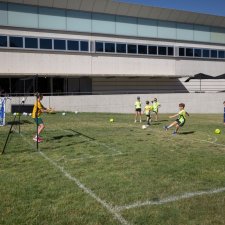
Celebrate our new commissioned portrait of the CommBank Matildas by artist Angela Tiatia.



Discover the magic of sport and storytelling through art and play!